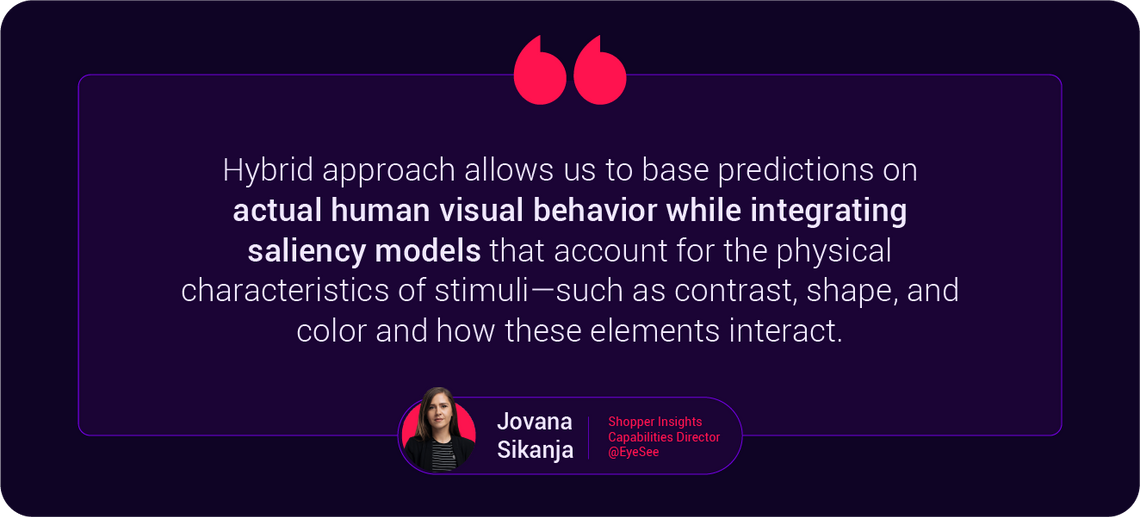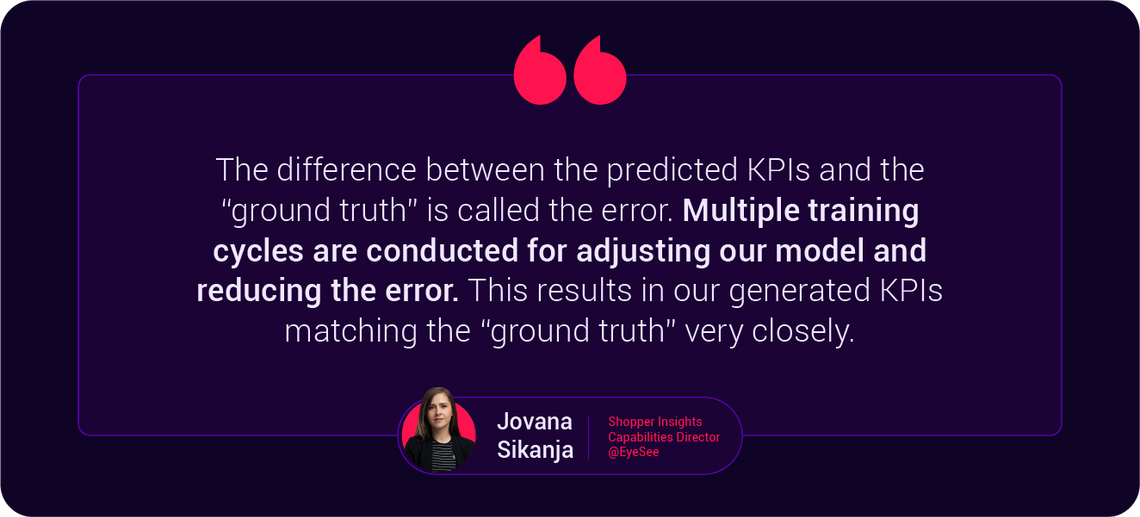How Predictive Eye Tracking elevates pack screenings and pack health checks
When you're in the early stages of creating or redesigning a pack, do you find yourself asking questions like: Which pack stands out with the highest preference compared to competitors? Or wondering how to narrow down multiple design versions to a few key options that should be further tested with real Eye Tracking and refined through iterations?
If so, the most comprehensive pack screening results—providing both qualitative depth and quantitative precision—are achieved by combining Surveys with Predictive Eye Tracking, MaxDiff, and Click Tracking.
With Predictive Eye Tracking, even ad hoc “health checks” after implementing pack design iterations can be carried out in a cost-effective, scalable, and timely way.
In conclusion
In a market where competition is relentless, leveraging innovative methodologies to refine packaging design is no longer optional—it's essential.
To truly capture consumer attention and optimize packaging, AI models must be trained beyond saliency, incorporating deeper insights that reflect in-context human behavior.
Integrating Predictive Eye Tracking in testing pack screening solutions alongside methods like MaxDiff, Surveys, and Click Tracking ensures a more comprehensive, yet cost-effective and timely, understanding of consumer behavior. However, for broader, real-world scenarios, “real” Eye Tracking remains a gold standard.





